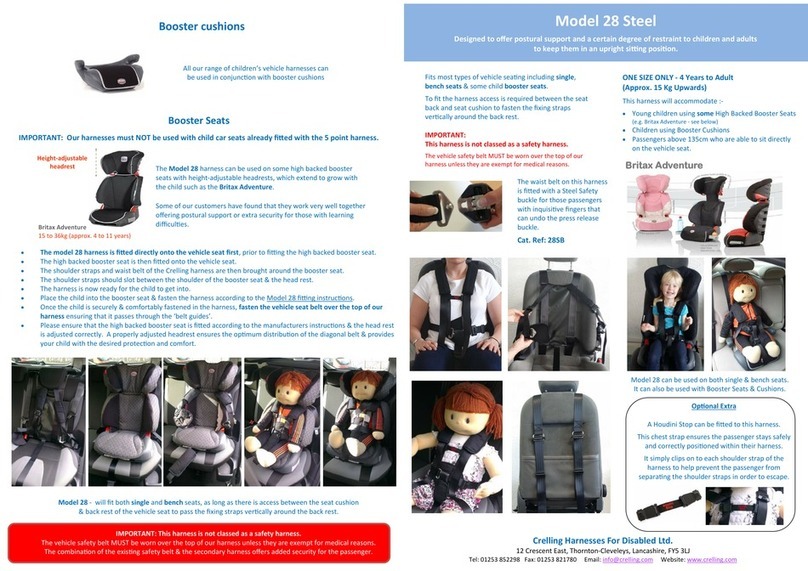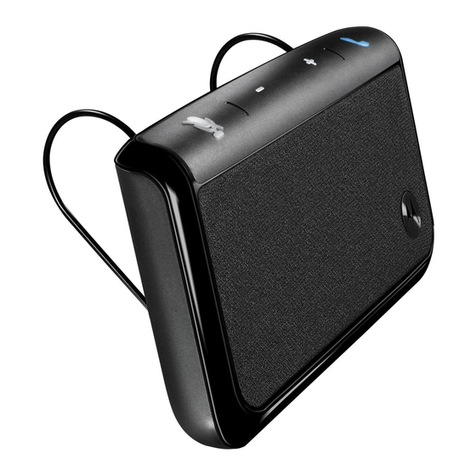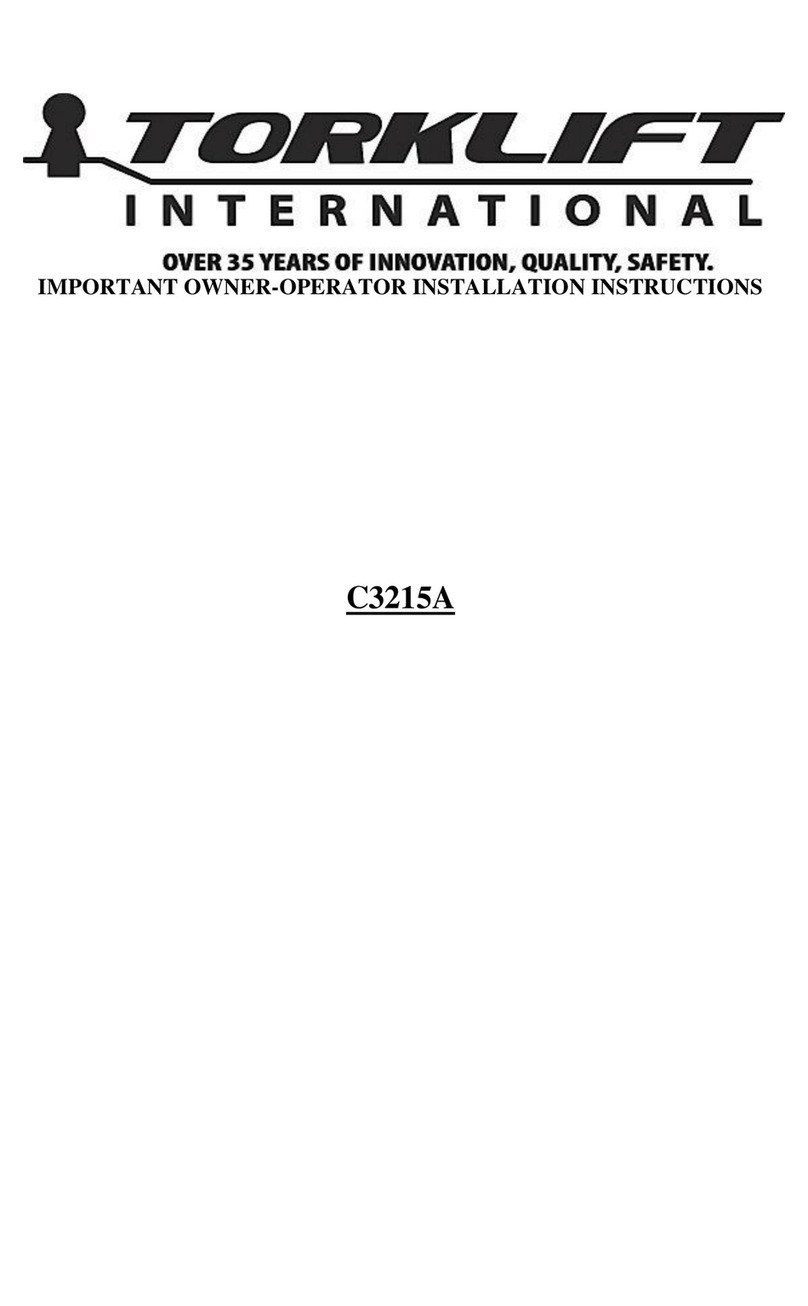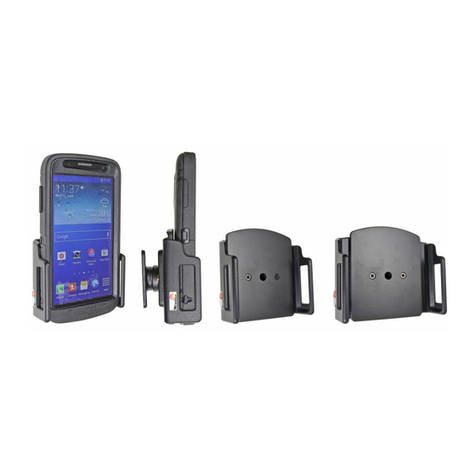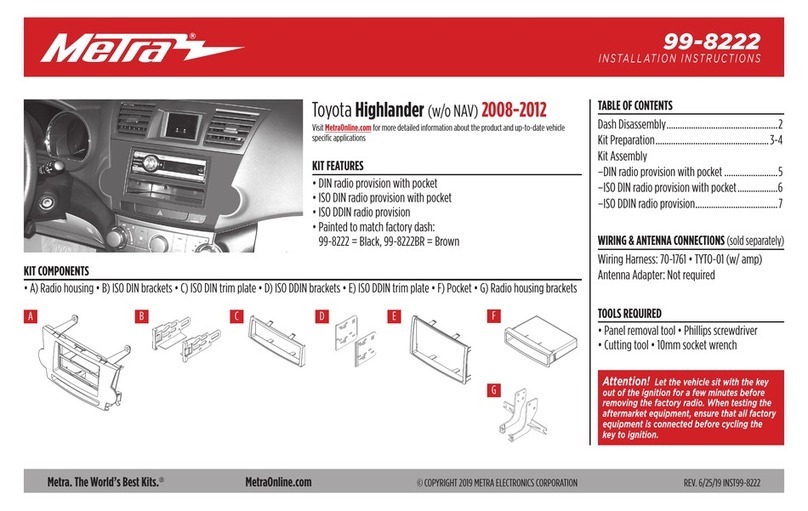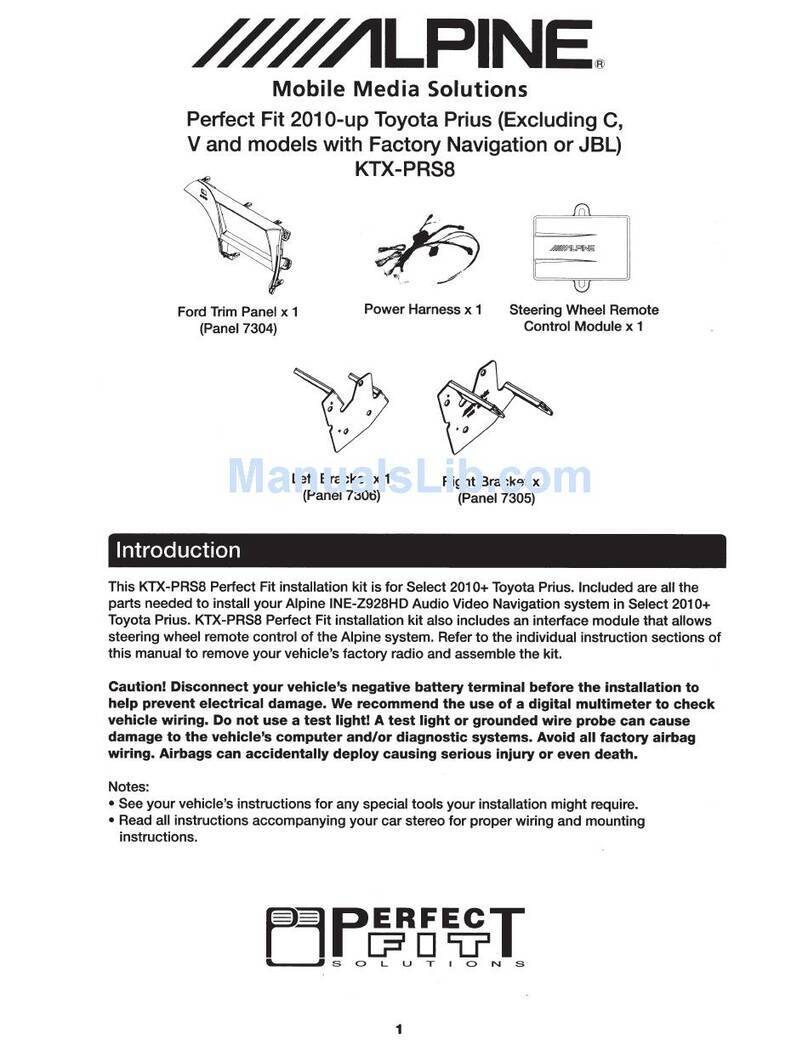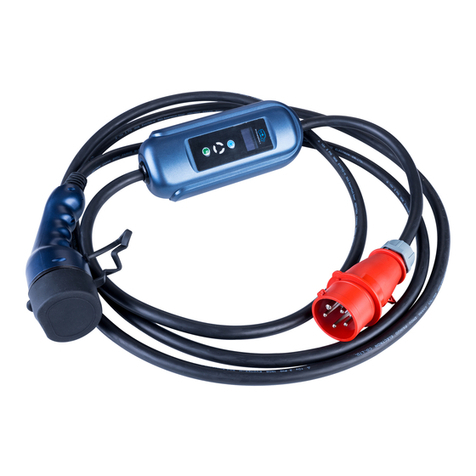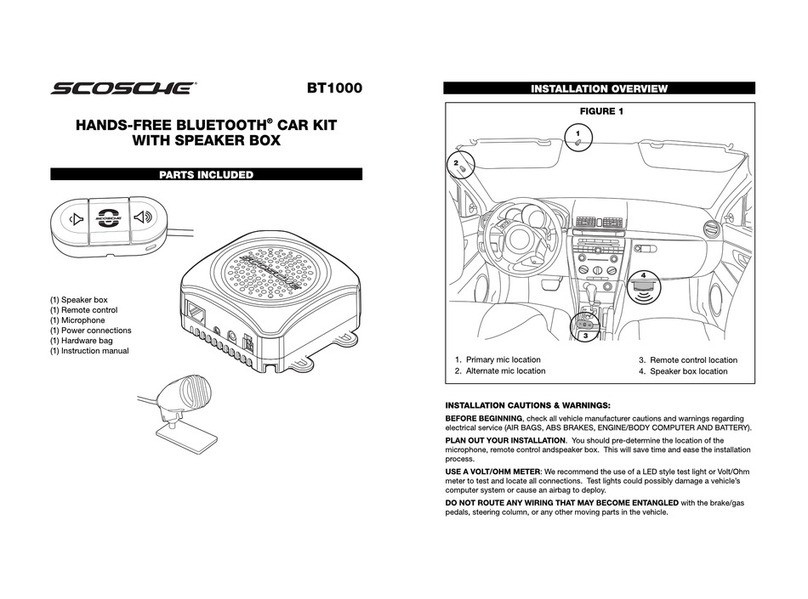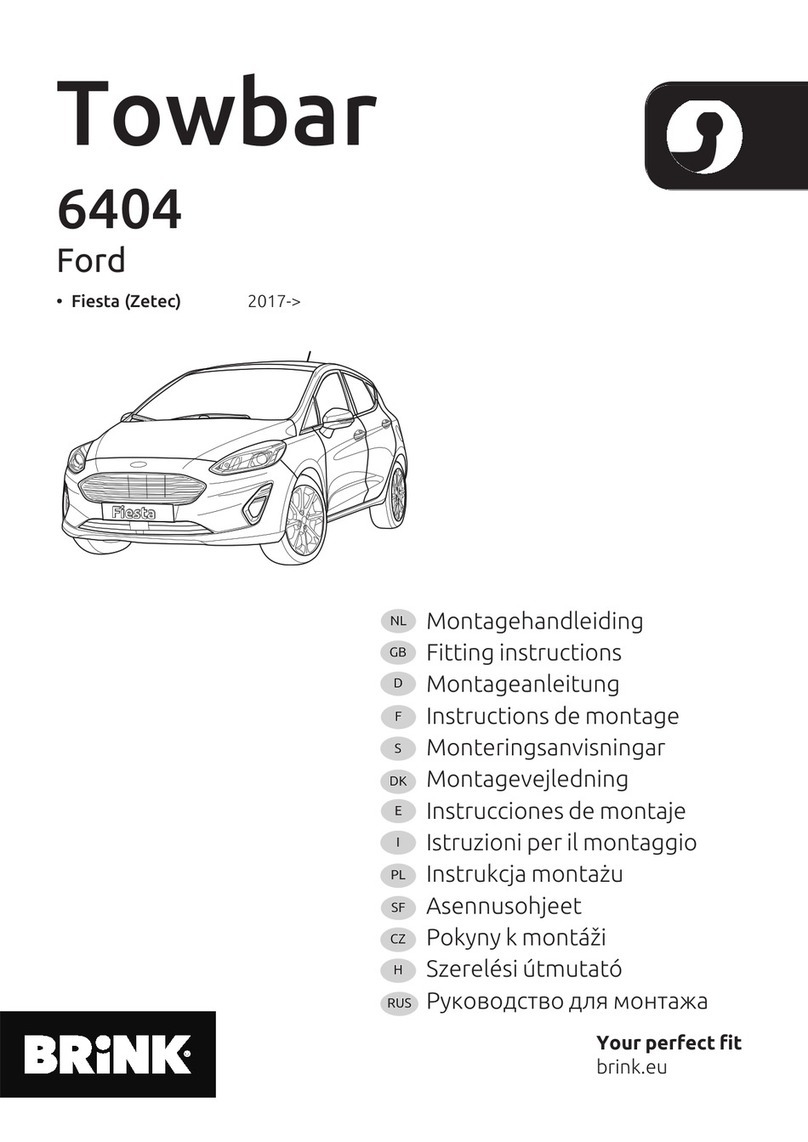Crelling Harness 13 User manual

Fully rear fastening harness designed for those passengers with challenging behaviour or learning dicules.
oering postural support & assists in seang the occupant in an upright sing posion.
This harness can be used on some wheelchairs and easy chairs but when used in vehicles will only t single seats with
easy access around the back rest of the seat & underneath the base of the seat cushion. i.e. people carriers, mini-buses
or the front passenger seat.
It will not t the back seat of a standard hatch back car!
IMPORTANT: This harness is not classed as a safety harness.
The vehicle safety belt MUST be worn over the top of our harness unless they are exempt for medical reasons.
The combinaon on the exisng safety belt & the secondary harness oers added security for the passenger.
Crelling Harnesses For Disabled Ltd.
12 Crescent East, Thornton-Cleveleys, Lancashire, FY5 3LJ
Available in two sizes:
Up to 6 years - Cat. Ref: 13J (for three Steel Safety Buckle please quote 13J/STEEL3)
7 years to Adult - Cat. Ref: 13H (for three Steel Safety Buckle please quote 13H/STEEL3)
Steel Safety Buckle
Side Press Release Buckle
Model 13
For those passengers who can unfasten ‘Press Release’ buckles
or there are other passengers on the vehicle that will release
these buckles, please choose the Model 13 H Steel 3 harness ed
with three ‘Steel Safety Buckles’.
13J/STEEL3 (up to 6 yrs) 13H/STEEL3 (7yrs-adult)
We strongly recommend that a ‘Seat Belt Cuer’ is kept in the
vehicle when using a harness ed with the Steel Safety Buckle.
Steel Safety Buckle
Children & adults with Learning dicules or Ausm
nd this buckle too complicated to open.

BOOSTER CUSHIONS
Booster cushions can be used in conjuncon
with all our range of vehicle harnesses.
This helps to raise the child to the correct
height for wearing the vehicle safety belt.
For current laws and guidelines please visit:
www.rospa.com
or
www.childcarseats.org.uk
Remember: The Model 13 must be ed in conjuncon
with the exisng vehicle safety belt.
Transport of Special Needs Passengers
Disabled children and adult passengers travelling in vehicles should always wear a safety belt or
special restraint during transport. Our range of vehicle harnesses are not designed to replace the
safety harness - but work in conjuncon with it to oer both safety plus support and in some cases
a certain degree of restraint.
• The exisng seat belt ed in the vehicle may not oer sucient support to the more severely disabled and it may be
necessary to provide an extra restraint to hold the passenger in an upright sing posion, in combinaon with the
seat belt.
• Front seat disabled passengers in vehicles, frequently fall sideways out of the diagonal secon of the seat belt,
especially going around corners or sudden braking. Two vercal stac shoulder straps would oer addional support.
• The combinaon of the exisng car safety belt and the added special restraint oers added security and ensures that
the disabled passenger will be well protected during transport.
• The law requires all children travelling in cars to use the correct child car seat unl they are either 135 cm in height or
the age of 12 (which ever they reach rst). Aer this they must use an adult seat belt.
• If the passenger is under 12 years or 135cm, please refer to our ‘Child Seats & Suggested Products’ literature to en-
sure the child is using the correct child seat & to see which of our products can be used.
• Special Needs passengers should never be le unaended whilst using any item in our range. Belts, harnesses or
products should only be used whilst under the constant supervision of a parent, carer or guardian.
IMPORTANT: This harness is not classed as a safety harness. The vehicle safety belt MUST be worn over the top of our
harness unless they are exempt for medical reasons. The combinaon on the exisng
safety belt & the secondary harness oers added security for the passenger.

General maintenance of our belts & harnesses:
• Regularly inspect the belt or harness for damage, wear or malfuncon, If any problems are idened replace it
Immediately.
• Regular checks are also necessary to assess the harness is sll meeng the needs of the user as over me these may
change.
• Belts and harnesses should be replaced if they show any sign of fraying or cuts.
• If the equipment was used during an accident, it should be replaced immediately.
• Avoid contact with corrosive liquids and keep the webbing away from sharp edges.
• All webbing and components can be cleaned as necessary. Please use warm soapy water (up to 70/80˚) and a clean so
cloth.
• Rinse with clear water, and allow to air dry. Please use mild detergent or an bacterial wash. Do not tumble dry.
• Mild disinfectant or a mild spray disinfectant can be used ‐ but do not use products containing bleach.
• IMPORTANT: when cleaning or disinfecng do not immerse buckles in disinfectant or water.
• If storing a harness with a PVC/Leatheree chest or back pad, do not fold. This may create creases which could cause
discomfort to the passenger.
• Do not aempt to modify the equipment, if there is a problem please contacts us.
Emergency Seat Belt Cuer
(Oponal Extra)
We strongly recommend that a seat belt cuer
is kept in the vehicle as a safety precauon.
It is perfectly safe as the blade is encased.
Cat. Ref: SK
The buckle operates in reverse to the standard vehicle buckles as it is opened by raising a spring loaded lever or over-catch
and will not press release.
The spring loaded lever/over-catch locks the buckle when assembled and prevents accidental opening.
There is a knurled sliding bar for adjustment designed to prevent webbing slip.
The buckle is made from Type 316 Stainless Steel and Nylon 6 and is assembled with tamper proof screws.
We recommend that the buckle instrucons provided with each harness are displayed in a prominent
posion in the vehicle - to instruct the user how to release the buckle mechanism in the event of an accident.
This buckle has proven extremely successful when ed to our harnesses
as an alternave to the standard ‘quick release’ buckle.
It helps prevent those passengers with inquisive ngers, challenging behaviour
or learning dicules from releasing the harness buckle.

Model 13 Fing Instrucons
1. Place the PVC chest pad against the paent’s chest.
2. Pass both horizontal xing straps around the paent and fasten straps behind the seat back.
The lower strap at waist level and the top strap at chest level to hold the paent securely in an upright sing
posion.
3. Pass the shoulder straps over the paent’s head and shoulders so that the tongue end of the Steel
Safety Buckle is hanging down behind the seat back.
The shoulder straps can be adjusted in length so that the buckle can be posioned well away from their head
and out of sight and out of reach of the passenger.
4. Pass the understrap between the paent’s knees, down underneath the seat base and up behind the seat back
to connect to the shoulder strap buckle.
5. Adjust all straps to t securely yet comfortably.
If you should need further advise about this product please do not hesitate to contact us.
IMPORTANT: BELTS AND HARNESSES SHOULD BE REPLACED IF THEY SHOW ANY SIGN OF
FRAYING OR CUTS, AND ESPECIALLY IF THEY HAVE. BEEN INVOLVED IN AN ACCIDENT.
This manual suits for next models
3
Table of contents
Other Crelling Harness Automobile Accessories manuals
Popular Automobile Accessories manuals by other brands
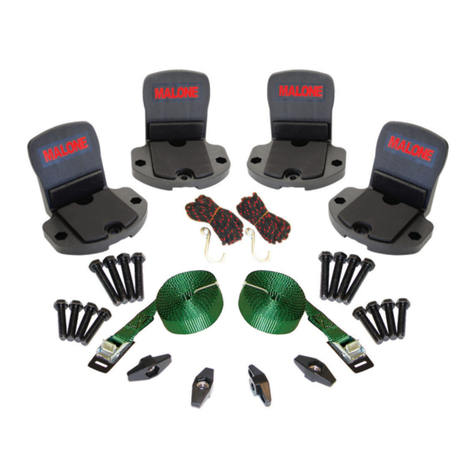
Malone
Malone BigFoot MPG112 Installation & Loading Instructions
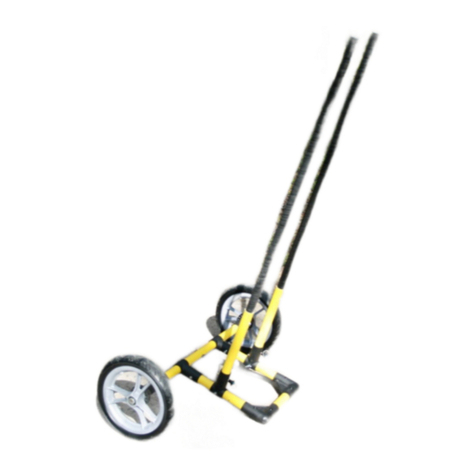
Geoscanners AB
Geoscanners AB GPR quick start guide
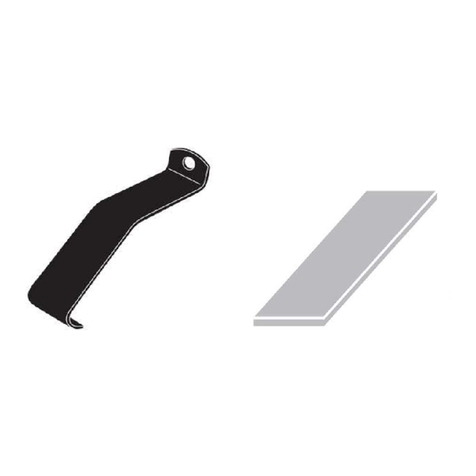
Whispbar
Whispbar K053W Fitting instructions
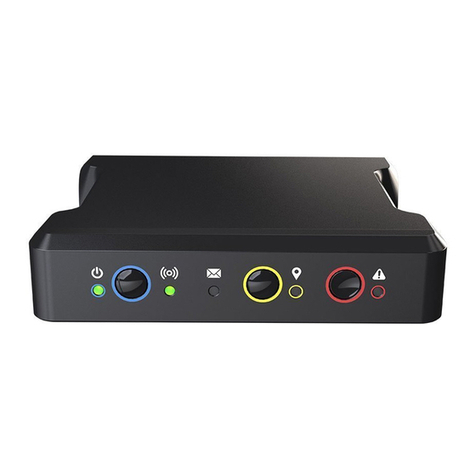
Blue Sky Network
Blue Sky Network HawkEye 5500 install guide
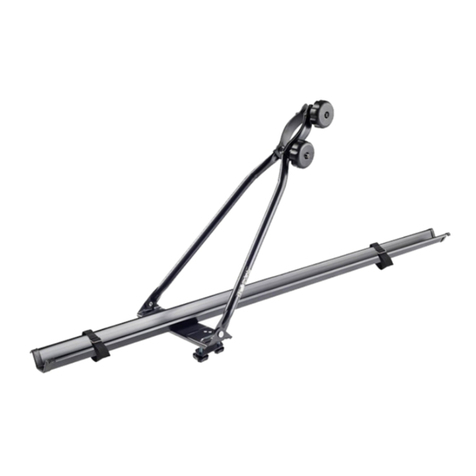
Cruz
Cruz CRUZ Bike Rack Assembly instructions
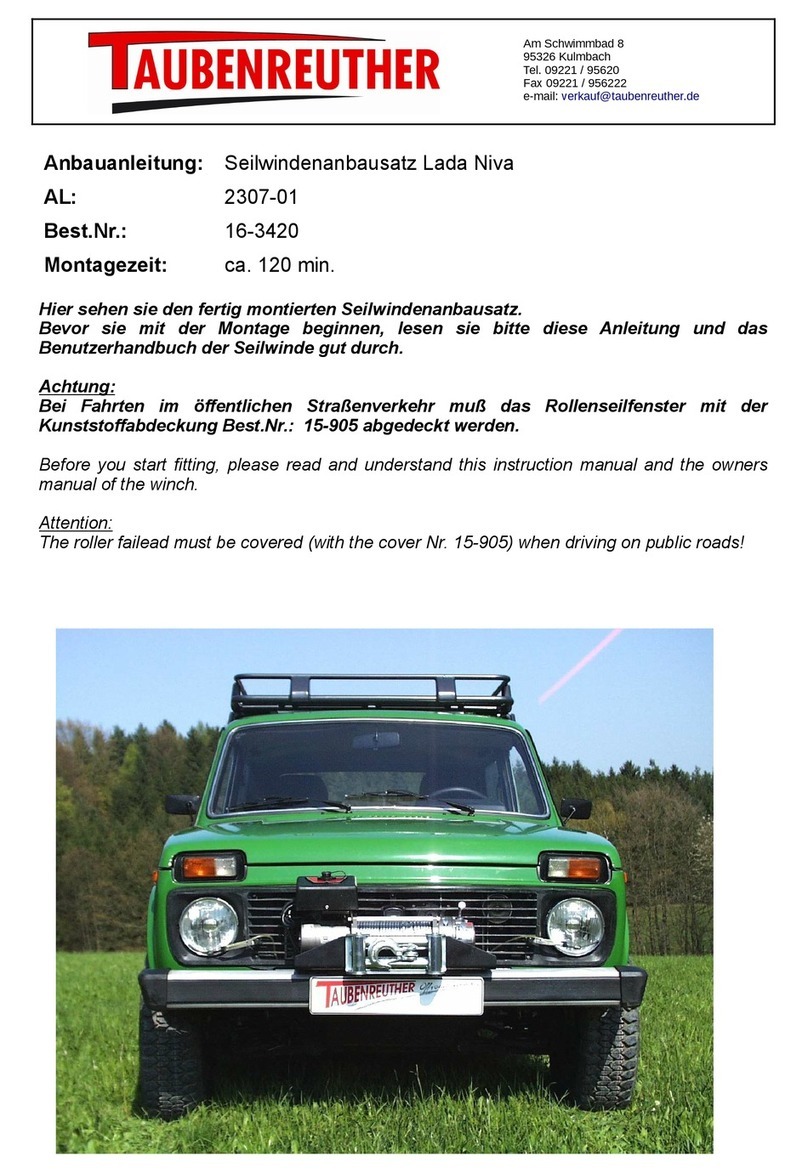
TAUBENREUTHER
TAUBENREUTHER 16-3420 quick start guide
